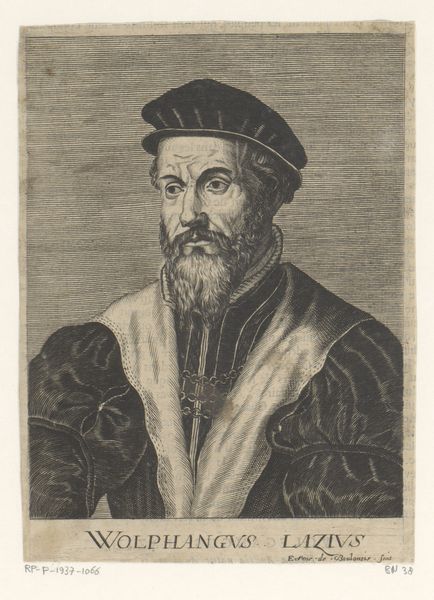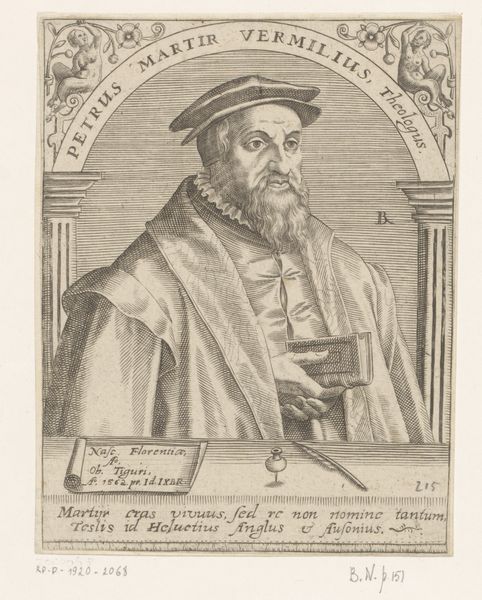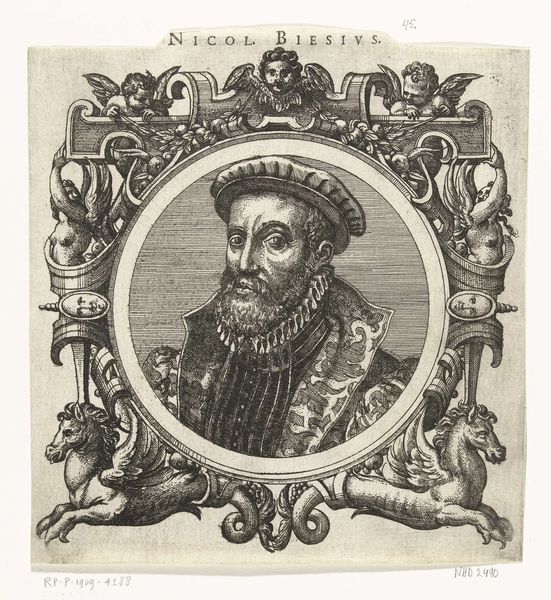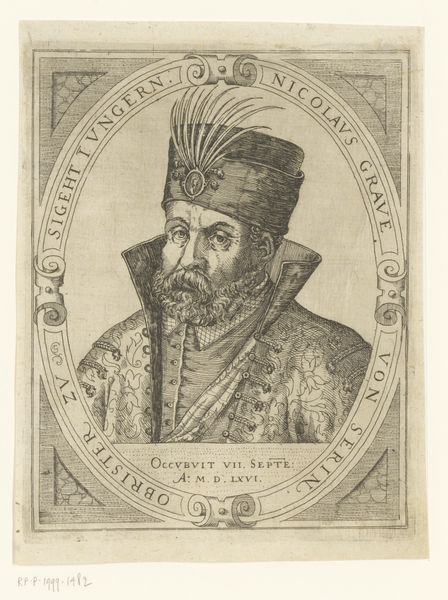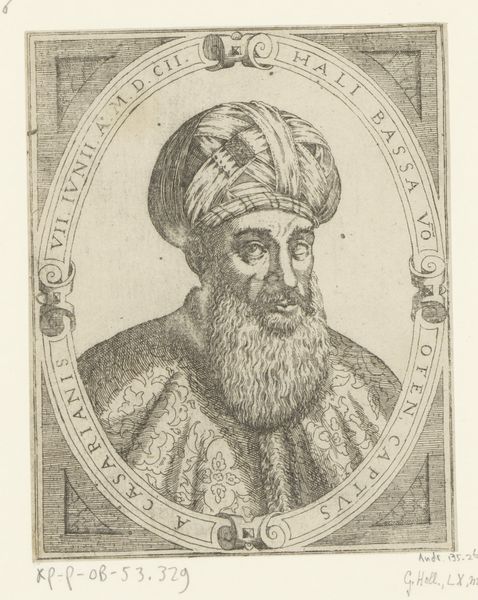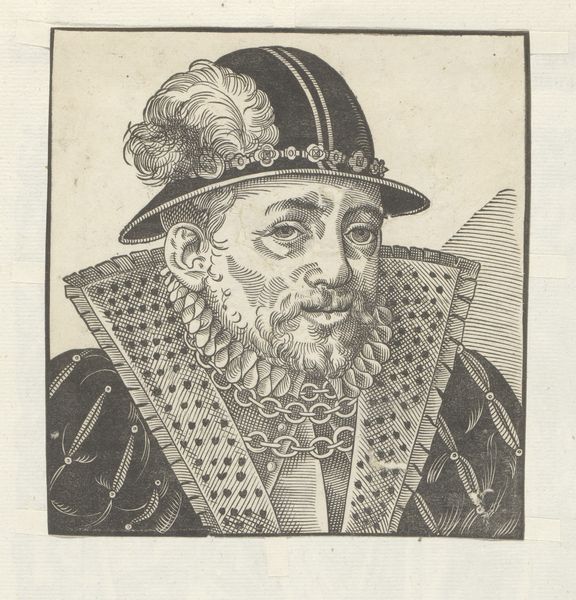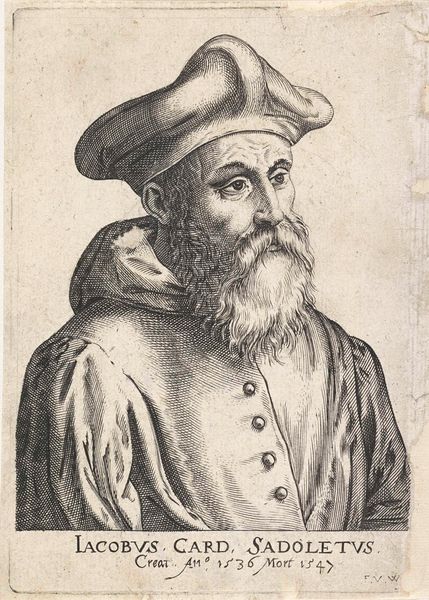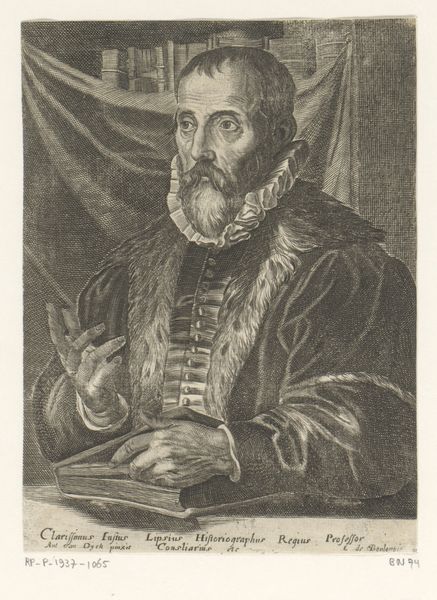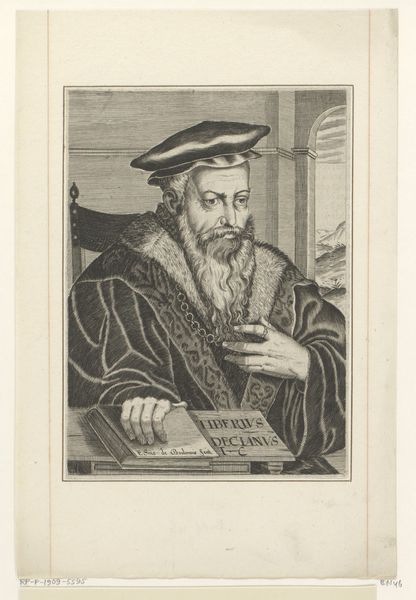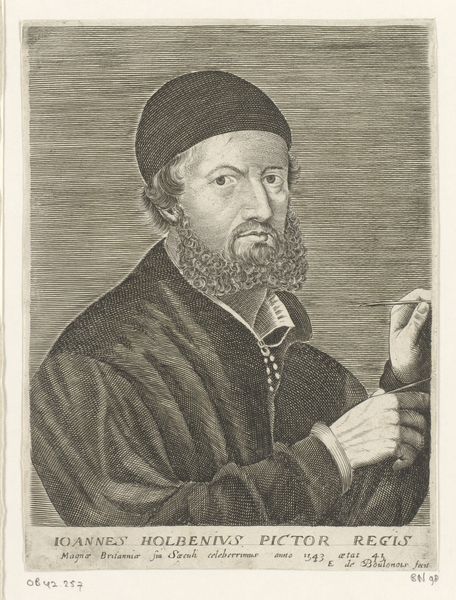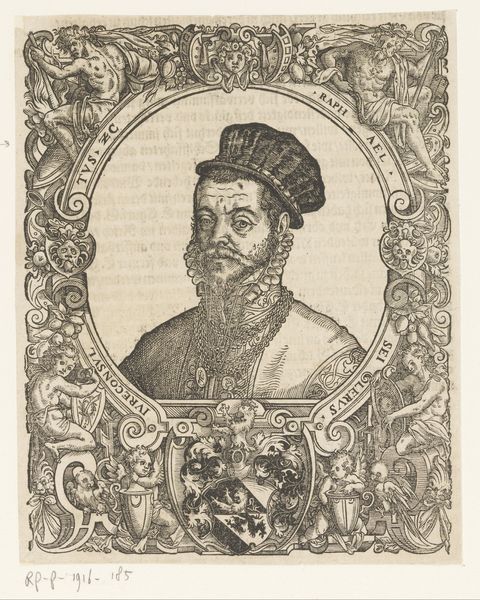
engraving
#
portrait
#
baroque
#
old engraving style
#
form
#
line
#
portrait drawing
#
engraving
Dimensions: height 186 mm, width 136 mm
Copyright: Rijks Museum: Open Domain
Curator: Nicolas de Larmessin created this portrait of Johannes Wamesius in 1682. The Rijksmuseum is fortunate to hold this compelling engraving within its collection. Editor: What a solemn chap! It feels almost... austere. Look at those meticulous lines creating the shading. Makes me think of old maps and secrets. Curator: That austerity speaks to the Baroque style popular at the time, wouldn’t you agree? Larmessin wasn't simply documenting a face; he was constructing an image of authority. Notice the meticulous rendering of the clothing, especially the scholar's gown. Each detail signals his status and intellectual prowess. Editor: Absolutely, there's a symbolic language at play here. The folds in his cap, for instance, remind me of a judge’s wig somehow... But I can't help focusing on his eyes, peering out with such gravity. You can almost feel the weight of knowledge pressing down on him. What about that intriguing floral pattern on his gown? Is that purely decorative, or does it hold some deeper meaning? Curator: Floral patterns were indeed very common as purely decorative elements in clothes. However, depending on the flower types represented they may signal aspects such as abundance, refinement, peace, or fertility; these might relate directly or indirectly to the sitter in a way we cannot readily access now, over three centuries after this artwork was completed. Think of these formal portraits of the era as carefully constructed visual arguments. Each element is consciously chosen and loaded with cultural meaning to underscore the subject's virtues and societal position. The overall effect is one of imposing dignity and power. Editor: I still find it incredible how a single print, so delicately etched, can conjure such a complex web of social and personal narratives! It is interesting that so much can be conveyed in simple strokes of the tool. I would’ve thought the piece was colorful given the impact, yet is simply black and white. Curator: Precisely, isn't that the beauty of art? Even a seemingly simple portrait holds a multitude of layers, waiting to be uncovered. Editor: I concur; there’s almost a palpable feeling that, even when we’re dealing with the artistic styles of a distant era, humanity and artistry are expressed and touch us deeply even today.
Comments
No comments
Be the first to comment and join the conversation on the ultimate creative platform.
